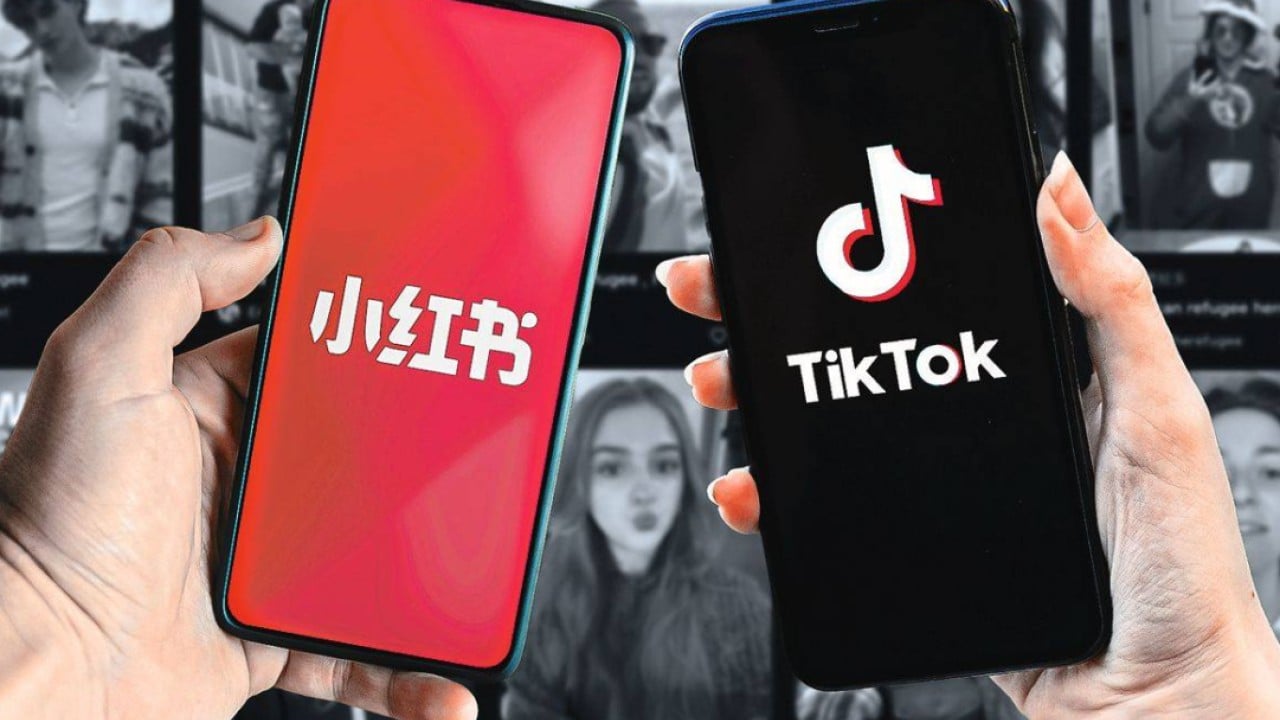With Donald Trump back in the Oval Office, TikTok is back online for American users. One intriguing aspect of the TikTok ban saga is that hundreds of thousands of users in the US have migrated to RedNote, the Mandarin-based social media app known as Xiaohongshu in China.
Advertisement
For many of these young Americans, gleefully self-styled as TikTok refugees, it was their first direct interaction with mainland Chinese people. This contact is revealing important facts about the state of our world, in particular US-China relations.
Technology has changed the world by making it smaller. Over the past 30 years, the World Wide Web has accelerated global connectivity. Now, generative artificial intelligence (AI) lets us communicate almost instantly across different languages, with increasingly reliable auto-translation between major languages.
Perhaps soon, further development will enable truly seamless global communication. More than 2,000 years ago, Terence, the Roman-era playwright, wrote: “I am human, I consider nothing human alien to me.” Today, it is possible for billions of ordinary people to converse across not just languages, but also political and social identity divides, without needing to first embark on rigorous studies into, say, another culture or academic disciplines like philosophy and history.
It begs the question: why did this not happen sooner? And is this happening soon enough – before we all end up in a terrifying global conflict? Early techno-utopians in the 1990s promised a unified world, but this has yet to materialise. With the new-found mass connections between social media users in China and the US, should we ask if this is finally coming to pass?
As US RedNote users marvel at China’s low cost of living and the fact that most Chinese people do not feel oppressed, a grand narrative that has been perpetuated by many China experts in the US media and think tanks is being dismantled.


